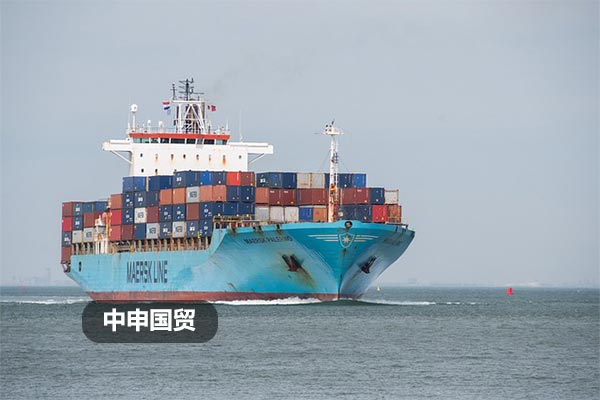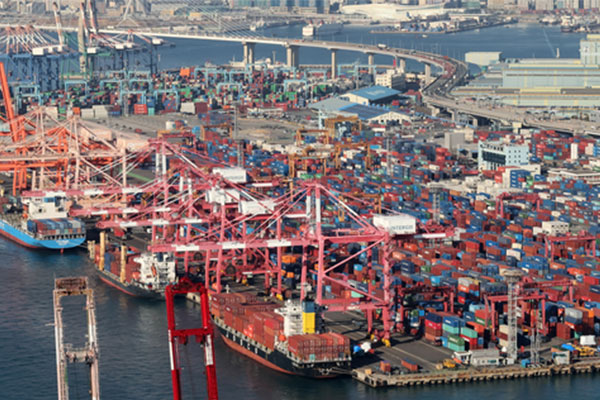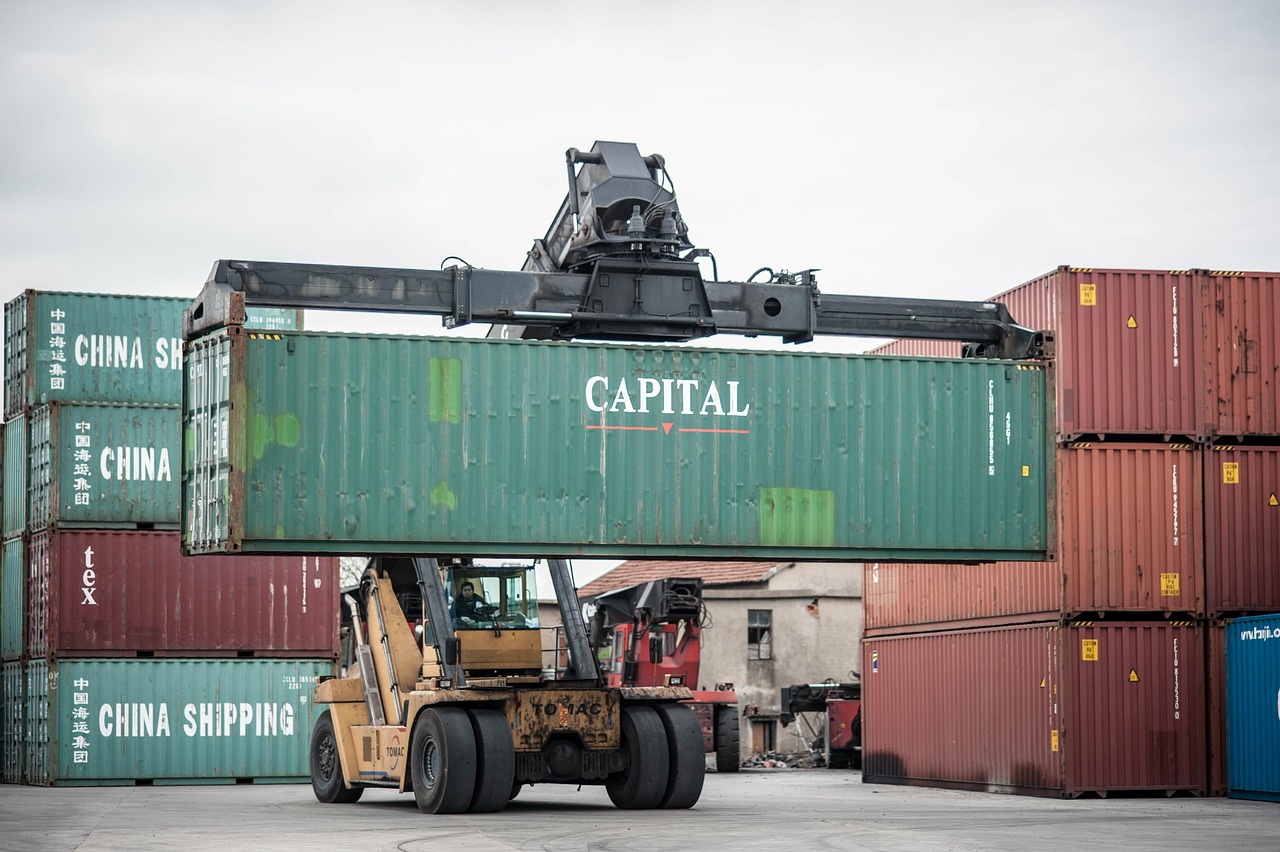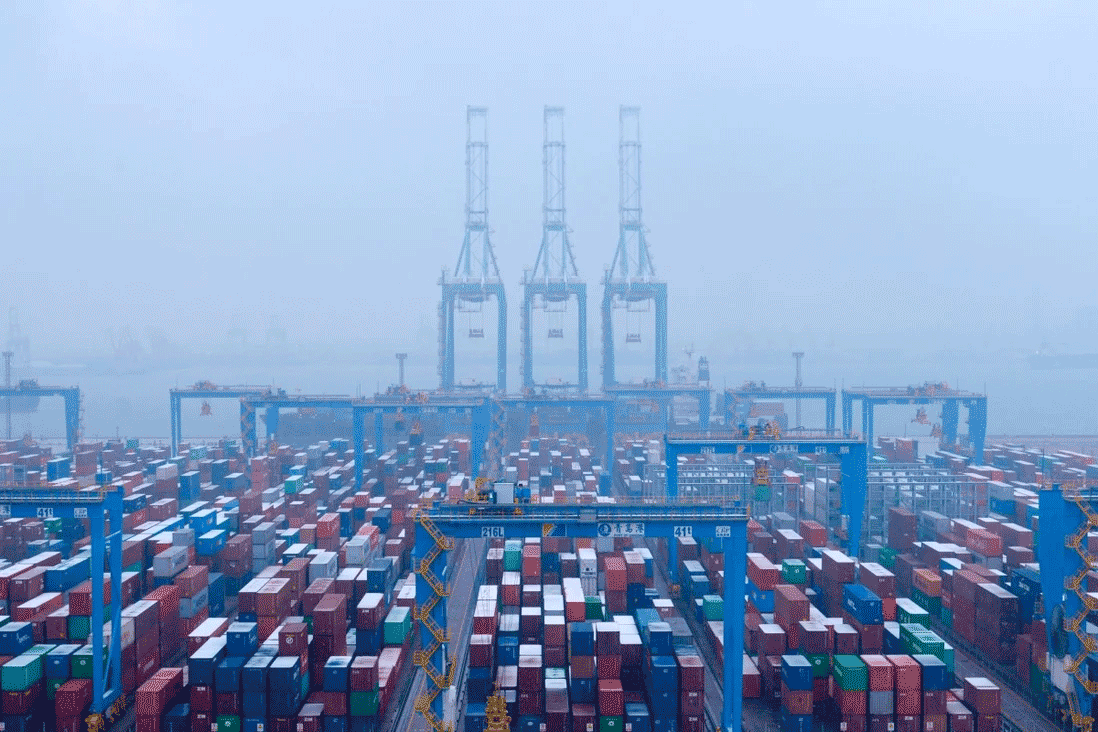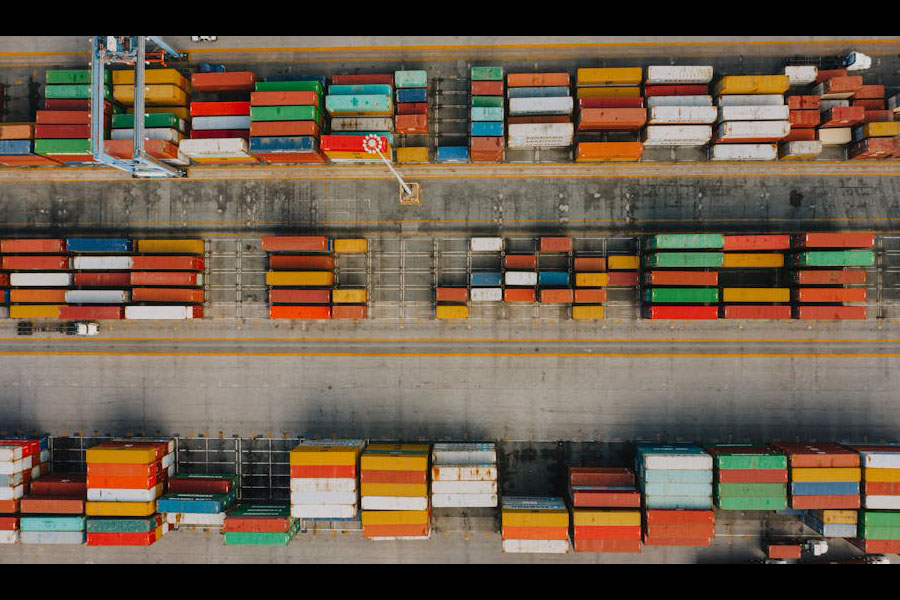- Shanghai Zhongshen International Trade Co., Ltd. - Two decades of trade agency expertise.
- Service Hotline: 139 1787 2118
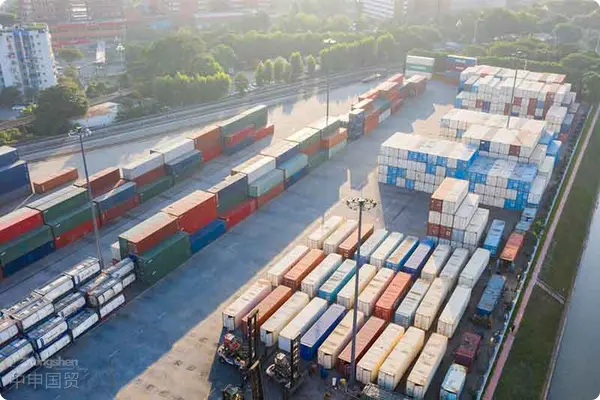
In productsExport DrawbackIn this field, the tax rate is a core factor that directly affects the rebate amount a company can receive, significantly impacting costs, profits, and international competitiveness. Understanding the tax rates for export rebates on behalf of products requires exploring their basis, differences across product categories, and various influencing factors, which is crucial for companies in international trade decision-making.
I. Basis for Setting Export Tax Rebate Rates
National Industrial Policy Orientation
National industrial policies play a fundamental guiding role in setting export tax rebate rates. For industries encouraged for development, such as high-tech industries and energy-saving and environmental protection industries, higher export tax rebate rates are often set. This is because these industries align with the countrys long-term development strategy, and higher rebate rates help boost corporate enthusiasm, enhance their competitiveness in the international market, and promote industry growth. For example, the export tax rebate rate for certain high-end electronic products may reach 13% or even higher, enabling companies to receive more funds for R&D investment or production expansion.
International Trade Rules and Bilateral Agreements
International trade rules and bilateral or multilateral trade agreements with other countries also influence the setting of export tax rebate rates. WTO rules regulate subsidies and dumping, and to comply with these rules while maintaining fair competition in international trade, China considers international factors when setting rebate rates. Free trade agreements with certain countries may include special rebate policies for specific products to promote balanced trade growth. For example, under agreements with ASEAN countries, the export tax rebate rate for some agricultural products may be adjusted under certain conditions to boost trade.
II. Differences in Tax Rates Across Product Categories
Manufacturing Products
The manufacturing industry encompasses numerous sectors, and there are significant differences in export tax rebate rates for different types of manufacturing products. Traditional labor-intensive manufacturing products, such as textiles and plastic goods, typically have moderate rebate rates. This is because although these products hold a certain share in China's export trade, they have relatively low added value and face intense competition from other developing countries. For example, the export tax rebate rate for textiles may range between 9% and 13%. In contrast, mechanical manufacturing products with higher technological content, especially those from high-end equipment manufacturing, enjoy relatively higher export tax rebate rates, potentially reaching 13% to 17%. This is due to their high added value and their crucial role in promoting national industrial upgrading. Such preferential rates help enhance the competitiveness of China's high-end manufacturing sector in the global market.
Agricultural and Food Products
The export tax rebate rates for agricultural products and food are influenced by various factors. On one hand, to ensure domestic food security and market stability for agricultural products, the export tax rebate rates for certain agricultural goods are relatively low or even non-existent. For instance, the export tax rebate policy for grain products is relatively cautious to prevent any impact on domestic food supply. On the other hand, for some specialty and high-value-added processed agricultural products, such as deeply processed canned fruits and specialty agricultural extracts, the export tax rebate rates may reach around 5%–11% to encourage foreign exchange earnings through exports, thereby promoting the extension of the agricultural industry chain and enhancing the added value of agricultural products.
High-Tech Products
High-tech products hold a critical position in national export strategy and often enjoy high rebate rates. These include advanced electronics, biopharmaceuticals, and new materials. Due to high R&D costs and added value, higher rebate rates (e.g., up to 17% for semiconductor chips) help companies compete globally and reinvest in innovation.
III. Factors Influencing Export Tax Rebate Rates for Proxy Products
Raw Material Sources and Composition Ratios
The origin and proportion of raw materials affect rebate rates. Products using domestically sourced materials aligned with industrial policies may qualify for favorable rates. For example, textiles made from domestic natural fibers may have stable rebate rates. Conversely, reliance on imported materials, especially from restricted sources, may impact rates. Additionally, the ratio of eco-friendly materials in products (e.g., chemicals) can influence rebate adjustments.
Processing Depth and Value-Added Enhancement
The depth of processing and value-added enhancement significantly impact rebate rates. Products with advanced processing and high added value (e.g., precision metal parts) often qualify for higher rates, reflecting technical prowess and alignment with industrial upgrade policies.
Conclusion
Export tax rebate rates for proxy products are a complex, multidimensional concept shaped by industrial policies, trade rules, product categories, and other factors. Companies must thoroughly understand these policies to make informed decisions on pricing, market expansion, and cost control. As economic structures and trade environments evolve, rebate rates are subject to dynamic adjustments, requiring firms and agents to monitor policy changes and adapt strategies accordingly.
Related Recommendations
? 2025. All Rights Reserved. Shanghai ICP No. 2023007705-2  PSB Record: Shanghai No.31011502009912
PSB Record: Shanghai No.31011502009912
